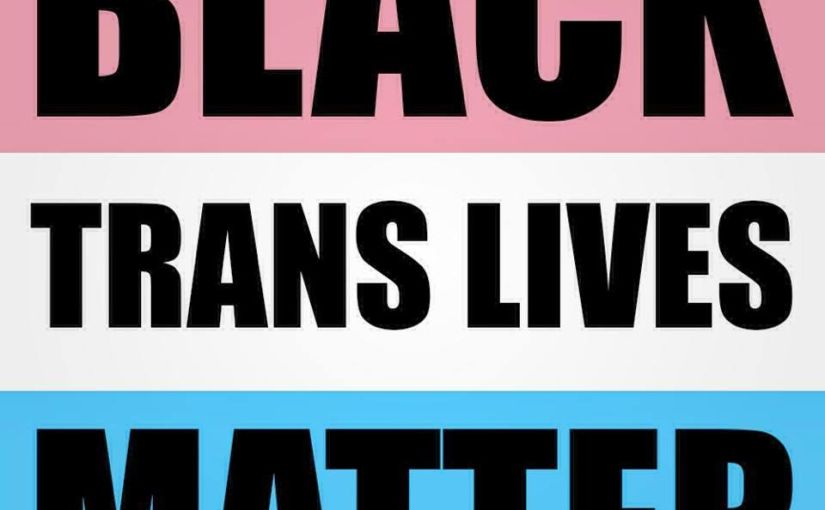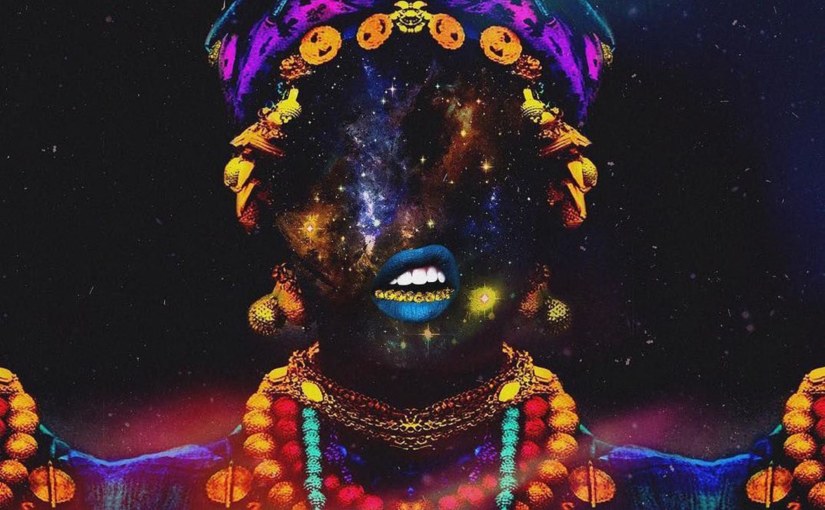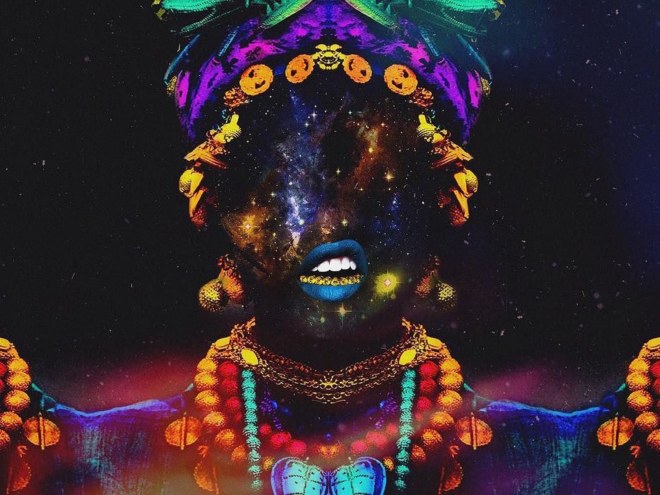[Article originally posted on http://www.subscript.it – 10th March 2017]
As proud as I am to be black during times in which the global black community stands together in the wicked face of struggle, it’s disappointing when black people refuse to acknowledge the evil that goes on in our own communities – especially when it affects those of LGBTQI experience.
We’re only three months into a new year, but there have already been seven reported murders of Trans women in the US alone, all of which have been black. In 2016 more than 21 murders of black Trans women were reported, with around the same figure reported in 2015. It’s important to know that these were only the deaths that were reported and in the US, it’s a global issue that we don’t often acknowledge and it’s about time we woke up.
If you’re viewing this statistically, black people are already killed on a level that’s extremely disproportionate; so when looking at a minority within a minority – we’re seeing a number that is even more disproportionate. However, the aim of this article (or rant, it depends) is not about looking at statistics. We are dealing with real people with a real problem and what’s even more disappointing is the fact that the number of those in support is considerably less than it should be.
#BLACKLIVESMATTER has now become a global organisation that has sought to raise awareness in regards to the senseless, unlawful murders of black people and the blatant racism we face on a daily basis. Further to that, it has now become the hub for the advancement and protection of black people. Before I get into this, it is important to know that this is not in any way an attack on the organisation – #BLM has done amazing work in the community and I will continue to support in any way I can. Two of the co-founders of the organisation identify as queer and the protection of black people who identify as LGBTQI is built into the framework of the organisation and they put every effort into making sure that it affirms those of different experiences. In relation to Trans people, #BLM has stated “We are committed to embracing and making space for Trans brothers and sisters to participate and lead. We are committed to being self-reflexive and doing the work required to dismantle cis-gender privilege and uplift Black trans folk, especially Black trans women who continue to be disproportionately impacted by trans-antagonistic violence.” It is also important to note that #BLM has spoken out against violence against our black Trans brothers and sisters on numerous occasions.
Considering everything I have just pointed out, can someone tell me why the wider black community still does not want to open their mouths when it comes to the murders of black Trans women? It does not do well to stick our heads in the sand or shun when topics arise that might not necessarily shadow a particular viewpoint. If “white silence is violence” then black silence is violence. These are people who are just like us who are being slain because they are simply living their truths – or does that not sound familiar?
All too often, we forget that our community is made up of a variety of people. Some of us are gay, some of us are Trans, some of us are disabled and some of us choose not to identify within the confines of gender and that’s just the surface. We need to realise that the concept of intersectionality is real and we have an active duty to make sure that everyone is represented and fought for. If you don’t understand what intersectionality entails and its codes, by definition – “Intersectionality is an analytic sensibility, a way of thinking about identity and its relationship to power. Originally articulated on behalf of black women, the term brought to light the invisibility of many constituents within groups that claim them as members, but often fail to represent them.”
We need to affirm and lift up the lives of black Trans women, they are in real danger. According to planettransgender.com, on average, a Trans woman is slain every 29 hours and that the life expectancy of a Trans woman is 35 years old, further to that a huge majority of these deaths are black trans women. They are murdered upon on the premise of their skin colour, their gender identity and the work that some do. They are murdered by their clients, people that are known to them and for reasons that have never been solved. Black Trans women are constantly disadvantaged and it’s tough – they face discrimination from cis-gendered men, both hetero and homosexual; cis-gendered women; it can be painstaking finding work, so many are forced into sex work.
With all of these seemingly unbreakable walls being put up, it really is up to us to help break these down.
For us to continue to be silent, or to even find ‘rational’ reasons pardoning (i.e. because “the Bible”) these murders make us no better than those who violently want to snuff us out because of our colour. We look silly to those who question organisations like #BLM because we cannot seem to get our act together and protect each other as black people. Quite frankly, we as black people should be embarrassed. When it comes to the murders of black people on a whole, we have to be invested.
We need to show our Trans sisters that we will protect them in and out of hard times.
Addison Rose Vincent from The Huffington Post lists a few ways as to how we can better include our Trans sisters and show our support as the wider black community. We need to be rallying together when these horrific occurrences happen.
I’m bored of dialogue, personally, I think we talk too much.
We may mean well when we say “dialogue needs to happen” and whilst that may be the case, sometimes talk is cheap – we need to SHOW that we care, we need to actively include all black people from all experiences in everything that we do.
If the ultimate battle as black people is to dismantle white supremacy and patriarchal constructs, we need to begin to dismantle and decolonise these very constructs that have become embedded within our community. Homophobia and transphobia are two of many pillars within white supremacy; colonisation and patriarchy really have no business lingering in our community. We are a community of inclusion, love
To all my Trans sisters – you are our sisters, mothers, aunties, cousins; you are loved and you are not alone, it may take some time but we are going to do better by you.










